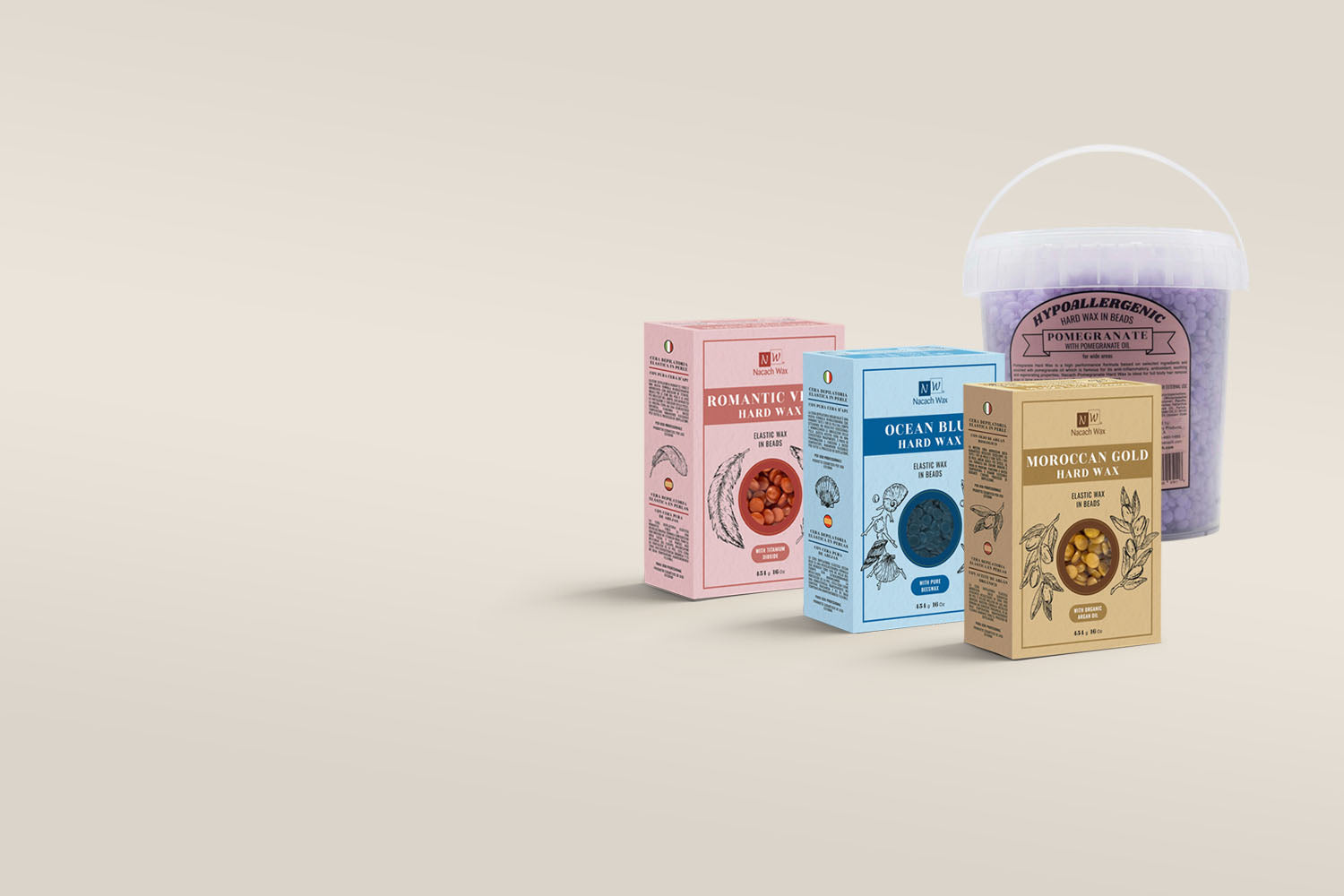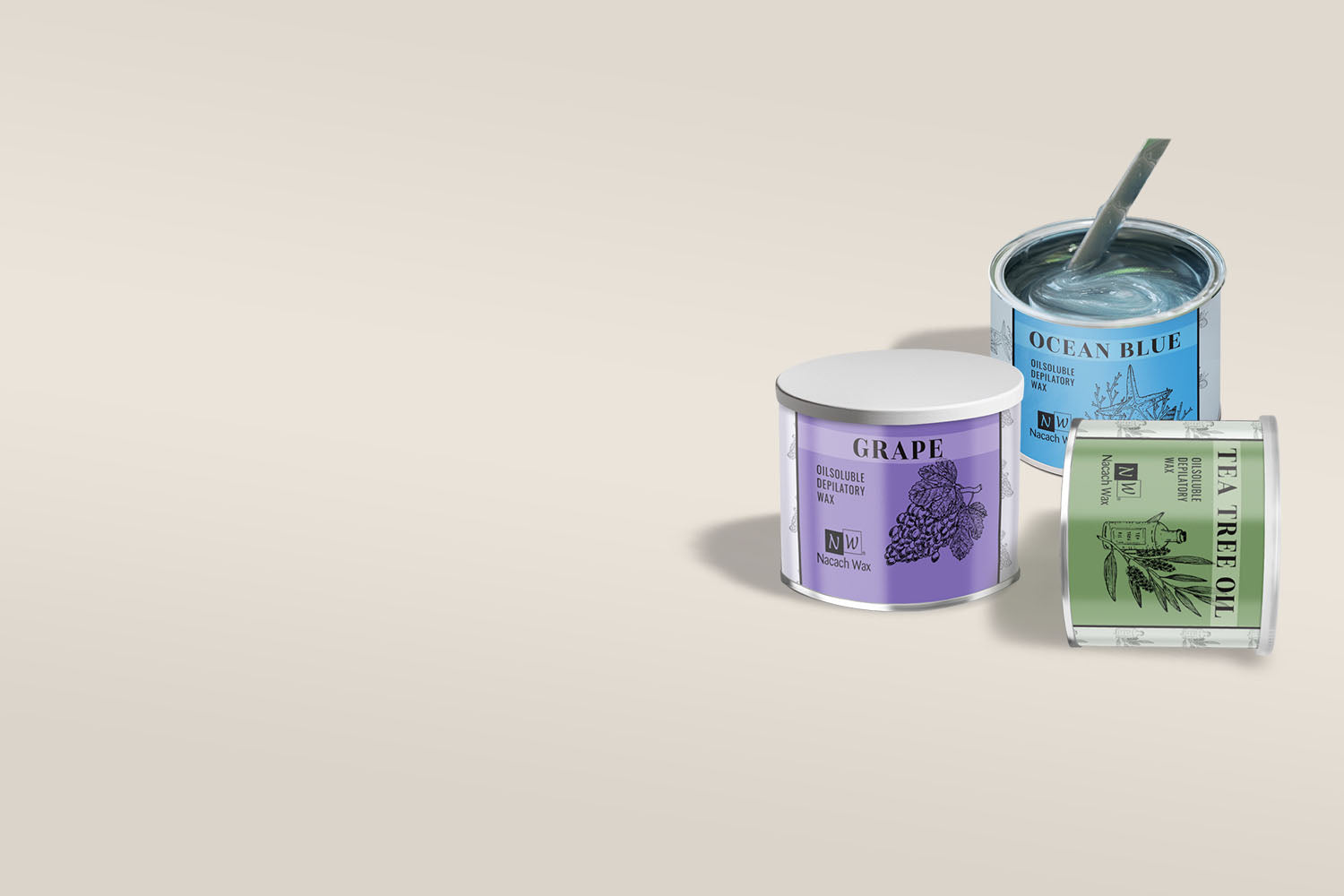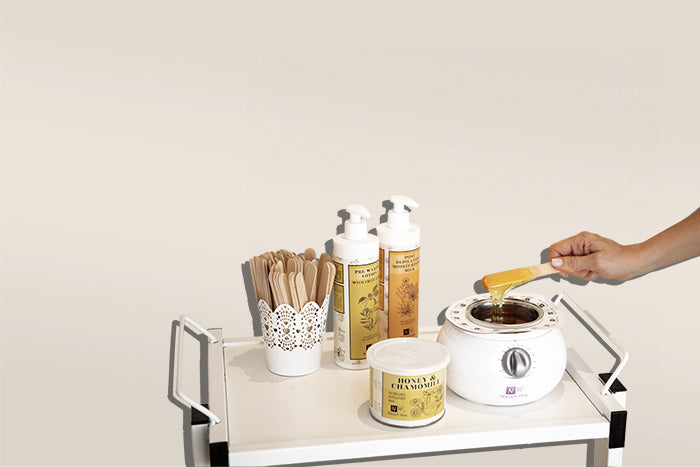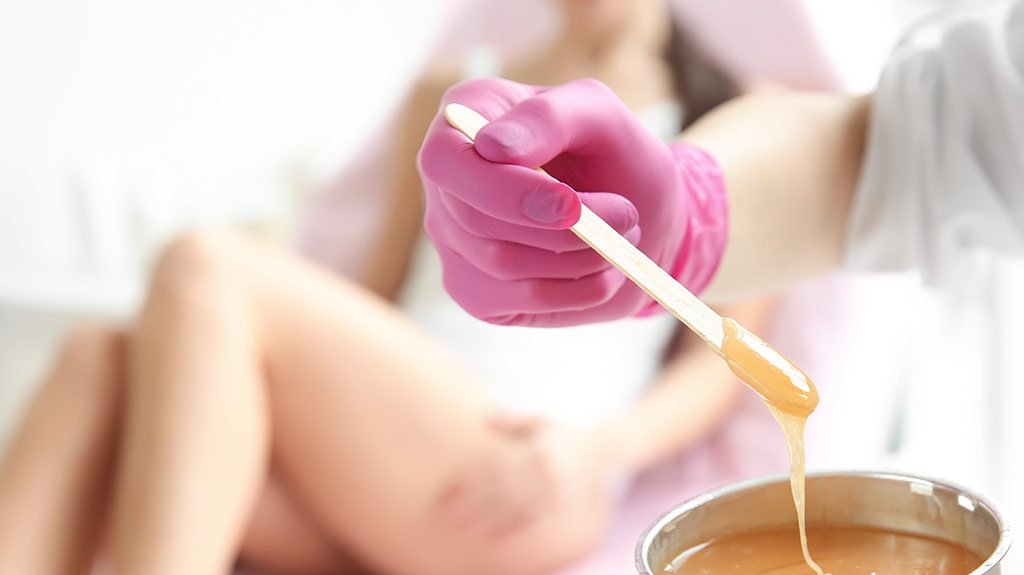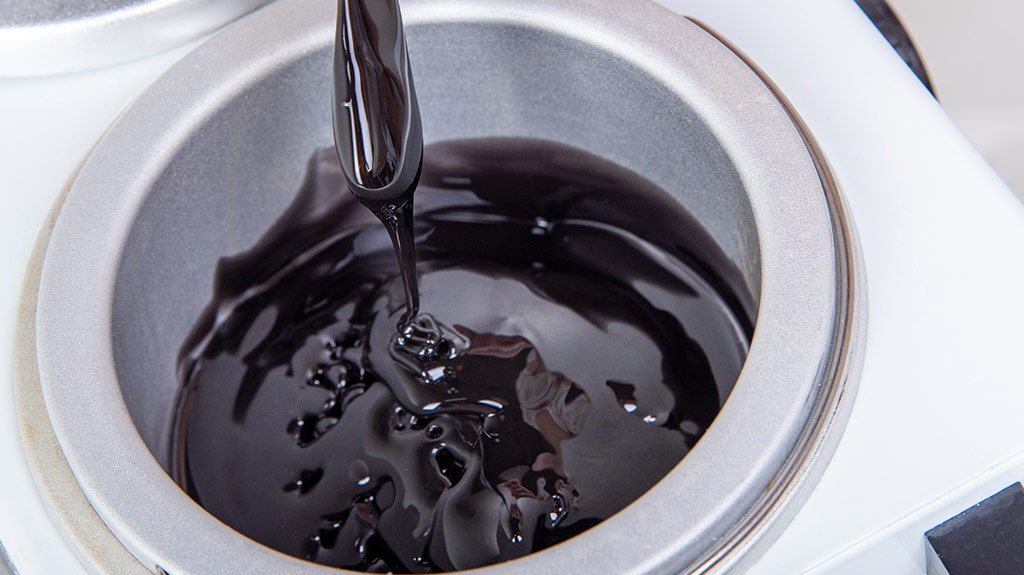Waxing can seem a daunting process, with TV often portraying it as a scream-inducing nightmare. The truth is, thousands of people get different parts of their bodies waxed every day, and it goes smoothly (pun intended) thanks to beauty technicians and estheticians knowing exactly what type of wax to use for each kind of hair removal job.
Soft Wax vs Hard Wax
As a beautician, you’ll often get asked what the best wax for legs is, or how different hard wax hair removal is to soft wax. Many estheticians only recommend hard wax for face treatments. This is because it adheres to the hair, not the skin. This means that when the wax is pulled off, there should be less irritation.
However, using hard wax for legs can be inefficient, so this is where soft wax comes in. Soft wax is spread over a larger area, then a strip of fabric like muslin is used to pull the wax away. This can tug at the skin, but on areas like arms, legs, and even armpits, the skin is tough enough that irritation is minimal.
How to Use Soft Wax
Soft wax is usually very soft and easy to apply even at low temperatures. Professional waxes like Nacach Aloe Gel Soft Wax are designed to melt at very low temperatures so that clients don’t have to panic about having hot wax applied to their skin.
Soft wax is usually applied thinly to the required area with a disposable spatula. The esthetician holds the skin firmly to ensure an even application. A strip of muslin is then rubbed onto the wax. Once the wax is ready to be removed, the esthetician holds the skin taut where they want to begin hair removal.
Always remove the strip in the opposite direction of the hair growth. The strip of muslin and wax is quickly pulled, efficiently removing even fine hairs. Some waxes have soothing agents in them to fight against the natural irritation that may occur in the skin. Other waxes are fragranced or have other natural ingredients added.
How to Use Hard Wax

What is hard wax? It starts off life, as the name suggests, completely hard. This is often as a pack of hard wax beads, like Nacach Purple Grape Wax Beads. These beads are placed in a suitable wax warmer. Ensure the beads are all completely melted before beginning the waxing process.
This wax is heated at higher temperatures, it’s recommended to test the temperature of the wax on your own wrist before applying it onto a client to ensure it’s not uncomfortable to use. It’s also important to never use hot wax on open wounds, irritated skin or varicose veins.
The wax in the direction of hair growth in a 2 to 3 mm layer. Apply more layers as necessary to create an easy to manipulate strip. Allow the wax to harden, then remove firmly and quickly in the opposite direction of hair growth. It should not adhere to the skin, only the hair; however, post-depilatory creams can be used to remove any stray waxy deposits.
Both waxes have their place in any beauty parlor or home salon. Each has advantages and disadvantages, depending on the type of hair being removed and the preferences of the client. Here’s our top hard wax vs. soft wax pros and cons.
Soft Wax Pros
- Soft wax is generally cheaper to buy.
- Soft wax may provide a more exfoliating effect due to adhering to the skin.
- No skin preparation is required.
- Some people find soft wax less painful.
- Professional Soft Wax is more efficient for larger areas like legs.
- Despite not being as popular for the bikini line, soft wax is often used for Brazilian waxing as the fabric wax strips make it easier to remove hair that grows in multiple directions
Soft Wax Cons
- Soft wax can irritate the skin.
- Soft wax can’t be used on the same area of skin twice, so if some hair gets left behind during a bad waxing session, it has to stay there for the time being.
- Hair may be more resistant to being pulled out at lower temperatures.
- Sticky and may leave a residue.
Hard Wax Pros
- Additional heat opens up the hair follicles slightly allowing the hair to removed more easily.
- Less sticky and leaves much less residue making it a cleaner wax.
- Generally considered less painful on sensitive areas like the face.
- Only adheres to the hair, so the skin is much less irritated.
Hard Wax Cons
- A pre-treatment cream may be necessary with some wax treatments.
- Often more expensive and may not be available in all salons because of this.
- Breaks if too much is used at once, so it isn’t much use for leg waxing unless you have the patience to do one tiny patch at a time.
It’s clear to see that as a professional or even amateur beautician, you need to have both hard wax and soft wax in your arsenal of hair removal treatments. Learning which waxes are the best for each hair removal will make your depilatory treatments more efficient, more pain-free, and more satisfying for your clients.
Takeaway: Waxing is an efficient and simple way to remove body hair. When it comes to soft wax vs. hard wax, both types of wax have pros and cons. Soft wax is generally used for larger, less sensitive areas, although there are exceptions to this rule. Hard wax may be used for more sensitive areas.


